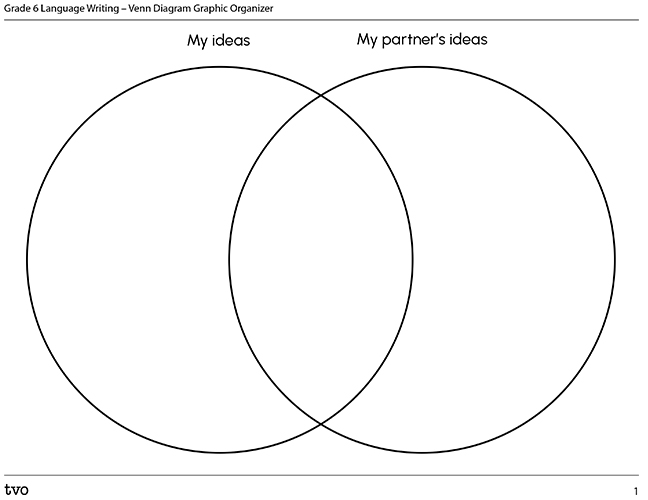Minds On
Tossing around ideas
Authors get inspiration for their stories from many sources, including their own experiences and the world around them. But once they have the idea, how do they know it’s the right one? Everyone has a story to tell, but the craft of writing does not come easily to all writers. Whether writing a book or a blog, a lot goes into perfecting one’s writing. Explore the first 15 minutes of the following 26-minute video, 'The Art of Memoir Writing,' which discusses memoir writing and the challenges in writing about personal topics.
What did you notice about how ideas were created, shared, and edited? How did the final product finally come together? How does one make a memoir memorable?
Selecting an idea
Choose an idea for a story that you feel you could write a whole book on. You might select an idea that you have already been working on, or a combination of a few different ideas.
In your journal, take some notes about the following story elements:
- plot structure
- character
- setting
- conflict
- point of view
- theme
Action
Feedback loop
In this activity, you will be going through a feedback loop. You will need a partner to help you solidify the story idea you have chosen. This partner can be someone in your work space or classroom.
Ensure that your feedback is descriptive and constructive. Record your idea (your pitch) orally, digitally, in print, or in a method of your choice. Be prepared to share synchronously or asynchronously.

Step 1
You will have one minute to pitch your story idea to a partner. What gets included in your pitch? What gets left out? Think about the most important ideas that you want to communicate. Make sure that you include all of your story elements in your pitch. Think of your pitch as a way to “sell” your book. What performance techniques could you use to captivate your audience?
Step 2
Your partner will have one minute to ask questions to further their understanding of your story. You may want to take notes so that you can plan your responses.
Step 3
In one minute, respond to your partner’s questions. How can you help them to better understand what your goals are for this story?
Step 4
The last step of this process is the feedback. How will you share the responses? Think about the following questions:
- What are the parts of the story that work well?
- What parts of the story do not work well and need to be edited?
- What parts of the story need more detail or explanation?
- What’s missing?
Expanding ideas
Think about the questions and the feedback you have received from your partner. How will that impact the changes you make in your story? Complete the Venn Diagram Graphic Organizer in your notebook or using the following fillable and printable document to do some more detailed planning. You can also complete your Venn diagram in your notebook: just make sure one circle contains “My ideas” and the other circle contains “My partner’s ideas.”

Press the Activity button to access Venn Diagram Graphic Organizer.
Activity (Open PDF in a new tab)Consolidation
Writers’ workshop
Reflect on the contents of your graphic organizer.
If you have stickies or coloured paper, you can use them for this final stage. If not, use coloured pencils or even label each section with a colour.
- PINK: What am I most proud of?
- GREEN: What was the best piece of feedback you received? Why?
- YELLOW: Who would you like to sell your pitch to next? Why?

Reflection
As you read through these descriptions, which sentence best describes how you are feeling about your understanding of this learning activity? Press the button that is beside this sentence.
I feel...
Now, record your ideas using a voice recorder, speech-to-text, or writing tool.